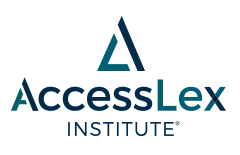
Grantee Research
Examining the Determination, Consistency, and Variation of Law School Cost of Living Estimates
Document Type
Issue/Research Brief/Blog
Publication Date
1-2021
Keywords
law school tuition, living expenses, financial aid
Abstract
Law school cost is an increasingly important part of conversations within the legal education community. Since 1985, inflation-adjusted tuition and fees at private American Bar Association (ABA) approved law schools have increased 175%. At public ABA-approved law schools, tuition and fees have increased 490% (Law School Transparency, 2020). Traditionally, labor market returns to a law degree were sufficiently high so that most people did not question the cost of legal education. However, changes to the legal services market regarding job opportunities and salaries have led to increased scrutiny of law school costs (AccessLex Institute, 2020; Matasar, 2010; Tamanaha, 2013).
Discussion of law school costs often focuses on tuition and fees. However, to know the true cost of law school, we must also consider a law school’s estimated living expenses. Living expenses is defined as the general living expenses associated with attending an institution of higher education. These include costs for items such as books, supplies, housing, utilities, food, groceries, clothing, and miscellaneous personal expenses (2018-2019 Federal Student Aid Handbook, 2019). As part of a law school’s yearly ABA Required Disclosures, it must provide students with an estimate of living expenses associated with attending that institution. According to 2019 ABA data, the average estimated total cost of attendance for full-time in-state law school students living off-campus was around $43,500. About 54% of that total cost of attendance was attributable to living expenses.




